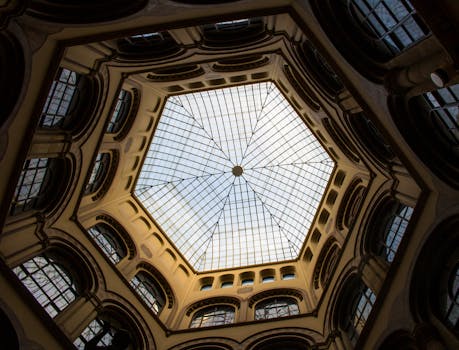
Traveling Through Time: How Europe’s Historical Heritage Shapes Modern Lifestyles in 2025
Traveling Through Time: How Europe’s Historical Heritage Shapes Modern Lifestyles in 2025. Europe, a continent steeped in history and tradition, has a unique ability to blend the old with the new. From the ancient ruins of Greece and Rome to the modern cities of London and Paris, Europe’s historical heritage continues to shape modern lifestyles in profound ways. In this article, we will explore how Europe’s rich cultural and historical legacy influences contemporary life, from architecture to art, culture, and beyond.
Architecture and Urban Planning
One of the most visible ways in which Europe’s historical heritage shapes modern lifestyles is through architecture and urban planning. Many European cities have preserved their historic centers, with narrow streets, grand piazzas, and iconic landmarks like the Eiffel Tower or Big Ben. These historic areas are not only popular tourist destinations but also thriving hubs of modern life, with trendy cafes, boutiques, and restaurants. The preservation of these historic centers has also inspired modern urban planning, with a focus on creating livable, pedestrian-friendly spaces that balance old and new.
Art and Culture
Europe’s historical heritage has also had a profound impact on modern art and culture. From the Renaissance to the avant-garde movements of the 20th century, European art has been shaped by the continent’s rich cultural legacy. Today, this legacy continues to inspire artists, musicians, and writers, with many incorporating historical themes and motifs into their work. Moreover, Europe’s cultural institutions, such as museums, galleries, and festivals, play a vital role in preserving and promoting the continent’s cultural heritage, making it accessible to new generations.
Food and Wine
Another area where Europe’s historical heritage shapes modern lifestyles is in the realm of food and wine. European cuisine is renowned for its diversity and richness, with each country and region boasting its unique flavors, ingredients, and cooking techniques. From Italian pasta to French haute cuisine, Spanish tapas to German beer, European food and drink have been shaped by centuries of history, trade, and cultural exchange. Today, this culinary heritage continues to evolve, with modern chefs and restaurateurs incorporating traditional ingredients and methods into innovative, contemporary dishes.
Conclusion
In conclusion, Europe’s historical heritage continues to play a vital role in shaping modern lifestyles in 2025. From architecture to art, culture, and food, the continent’s rich cultural legacy has inspired and influenced contemporary life in countless ways. As we look to the future, it is essential to preserve and protect this heritage, ensuring that it remains a source of inspiration and joy for generations to come.






